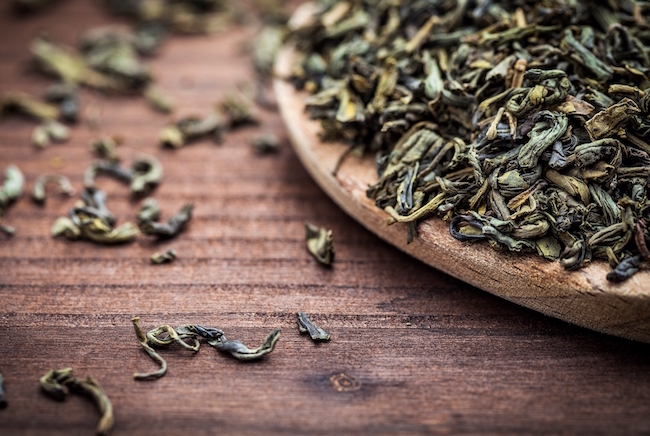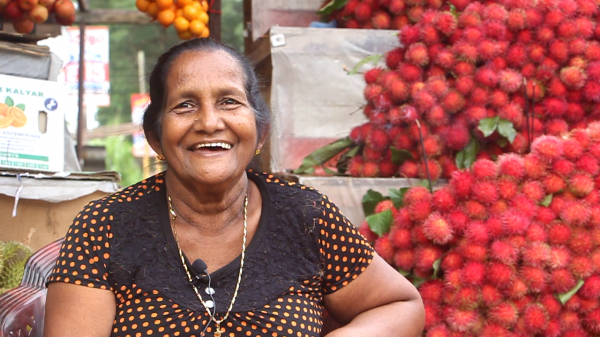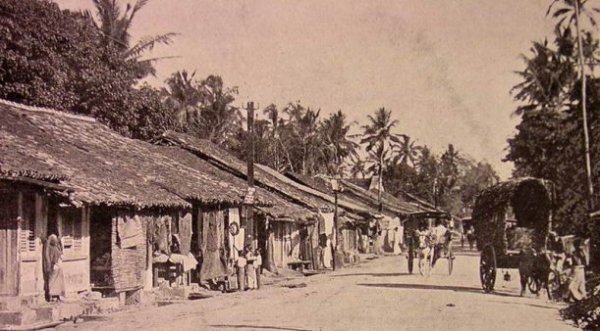
Life hacks are all the rage today, with a number of YouTube videos and Buzzfeed articles dedicated to short cuts and innovative uses for everything and anything – from basic office supplies to vegetable and fruit skins to even the reuse of everyday, mundane objects
What few of us realise is that our Sri Lankan ancestors – or even Sri Lankans from not so long ago, like our own grandparents – devised a series of their own life hacks and little tricks.
Here is a list of a few life hacks, some of which may sound familiar, which we could perhaps try ourselves:
Turmeric for mouth ulcers
It is widely acknowledged that turmeric has antiseptic properties, and Sri Lankans use a pinch (well…maybe more than a pinch!) of turmeric in almost all meat, and even some vegetable, dishes. It is also sometimes used when washing and cleaning meat. For decades though, turmeric has also served as the go-to solution for mouth ulcers and gum boils. A bit of turmeric paste (turmeric + water) dabbed on to the offending mouth wound is known to work wonders.
Cloves for toothache
Cloves, like turmeric, are a natural antiseptic, and also contain the eugenol chemical, which possesses anaesthetic qualities. The older generations must have known a thing or two about this long before Clogard toothpaste hit the supermarket shelves. The traditional way of dealing with toothaches was to bite on a clove (your tongue probably wouldn’t be too happy about it, but legend has it that the toothache would lose the battle).
Kohomba (margosa) Leaves

Traditionally, Kohomba leaves were used to keep weevils away from rice, and even help cure infections. Image courtesy food.ndtv.com
The leaves of the Kohomba plant, also known as margosa or neem, have their various uses as local, organic life hacks. Among these are:
For rice
Placing dried kohomba leaves in containers where raw rice grains are stored is known to help keep the rice fresh for longer, and to ward away weevils and ants.
To help cure chicken pox/measles
A mixture of kohomba leaves, raw turmeric and a bit of coconut ground together to a paste, and then applied to the skin, was considered effective in dealing with infections such as chicken pox and measles.
For infections in general
People of the good ol’ days were known to place kohomba leaves on and in-between bedding, and under the pillows, of the patient, believing that this would help rid them of the infection faster.
Bottle gourd peel for exfoliation
Bottle gourd, known locally as vatakulu,is a natural detoxifying agent which is supposed to be great for skin, and not just when you eat it. The peel of the bottle gourd was traditionally dried, to be later used as an exfoliator.
Sugar cane juice for indigestion
Ayurveda has long since acknowledged the many health benefits in sugarcane, particularly in aiding digestion. For especially bad cases of indigestion though, a traditional mixture of fresh sugarcane juice, a dash of ginger, ground nutmeg and some bees’ honey, was supposed to be an excellent remedy.
Coconuts
Ah, one of Sri Lanka’s most favourite products. For an island abundant with coconut trees, it’s no surprise that for generations our people have found innovative uses for coconut, and not just in food. True, the scraped white coconut flesh is the main ingredient of our favourite roti-and-pol-sambol breakfast, but there are other parts of the coconut that can be put to use, too:
The outer husk
While we’re more familiar with the inner ‘nut’ of the coconut, which we crack open and scrape to use in our daily meals, we sometimes forget that the coconut originally had a larger outer shell. Once this outer shell was torn apart to get to the coconut, people would pull out the rough, fibrous husk and use it as a kind of brush. In times before plastic brushes, these husks were great cleaning devices, and even worked well on outdoor pathways and surfaces, aiding in the removal of moss.
The softer husk
Then there’s the little bit of husk often adorning the top of the coconut that we rip off before cracking it open. Yes, that one has its uses too – for scrubbing dishes, or even for scrubbing skin (we Sri Lankans clearly take our exfoliation seriously). This softer husk has the dual advantage of helping get rid of grime, but not inflicting damage to the surface it is being used on. Hence, it would have been a gentler alternative to the steel wool used to scrub extra grimy pots and pans in kitchens these days.
Excess scraped coconut to polish floors
Perhaps not the tiled floors that we’re used to, but the more old-fashioned polished-cement floors of older homes and bungalows. Coconut was spread on these floors and then swept up, a task that not just helped pick up bits of dust and grime, but also left behind a nice sheen.
Goraka to help combat cholesterol
Goraka (garcinia gummi-gutta or garcinia cambogia) was (and is) a traditional ingredient in many Sri Lankan curries, especially meat and fish. While most see it serving the purpose of a condiment, a lot of people of decades long ago believed in its medicinal qualities, particularly in cutting down extra fat in meats.
Tea leaves as compost
It is no secret that we Sri Lankans love our tea, and with so many cups of tea being brewed by the average Sri Lankan family every day, quite a lot of used tea leaves should be heading to the bin, right? Not necessarily. Used tea leaves, after being left to dry out a bit, were best thrown onto vegetable patches, or by the roots of plants, where they could serve as compost.
So there you have it. A little wisdom passed down through generations of Sri Lankans (either by way of example, or through word of mouth, we’re guessing, since WhatsApp wasn’t around to do the job). We’re not saying these are the ideal solutions for the doubts and hurdles encountered in the modern Sri Lankan’s lifestyle, but some of them are surely worth the shot! (On the other hand…if something does go wrong… please don’t blame us; just run over to the nearest elderly relative and seek their advice instead. Chances are they’d be more than happy to give it to you.)














